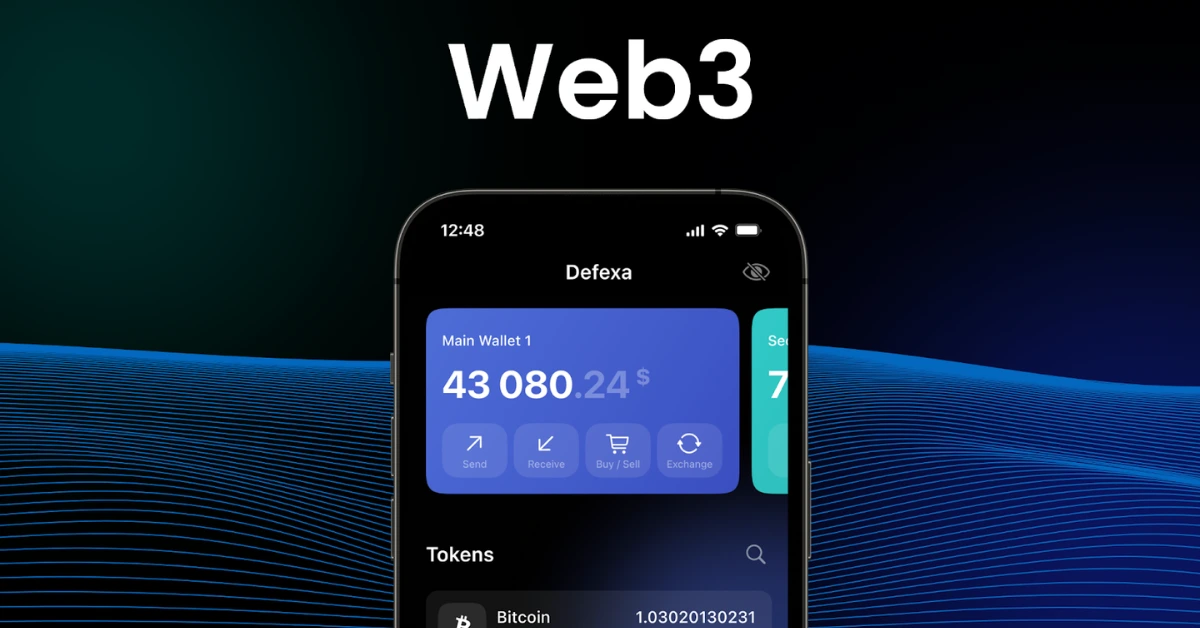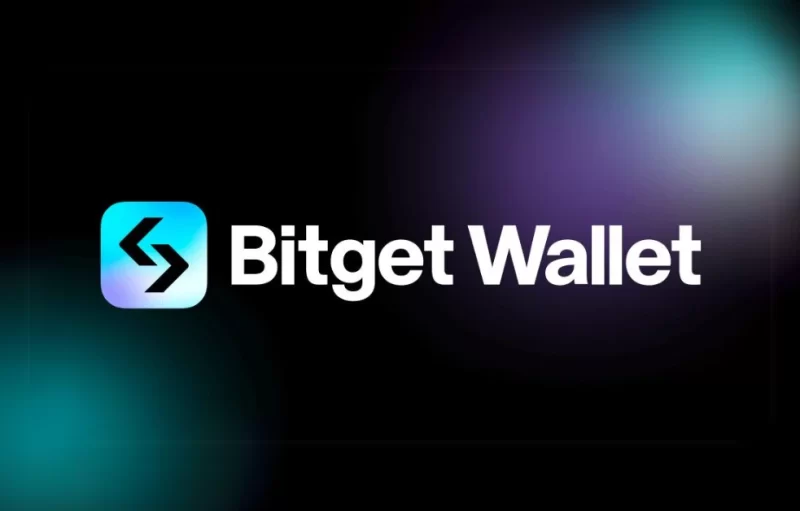
Do you remember the first time you heard about cryptocurrency? You may have even been extremely skeptical of Bitcoin and considered all those who purchased it to be fools. But here we are now, with crypto buzz all around and blockchain technology advancing day by day. The world is changing rapidly, and it’s quite exciting to see how technology is affecting us. At first glance, this change appears to have made our lives more difficult – cryptocurrencies always raise questions like, “Which token should I buy?”, “Which crypto wallet should I choose?”, “Which exchange should I trust?” – though, as it turns out, it’s all much simpler than it seems.
Let’s explore a few helpful tips for entering Web3 seamlessly!
What is Web3?
First and foremost, we must define Web3. The main idea behind Web3 is to allow users to control their data, online identities, and assets without relying on intermediaries such as banks, tech companies, or governments.
Simply put, Web3 has evolved into a catch-all term for the vision of a new and improved internet. Web3 is built on blockchain technology and enables secure, trustless transactions between users without the need for middlemen.
Web3 Pillars
Although it’s challenging to provide an objective definition of what Web3 is, there are still a few core principles:
Decentralization: Web3 is designed to be a decentralized platform, meaning that it is not controlled by a single entity or organization. It reduces the risk of censorship, manipulation, and other forms of centralized control.
Privacy: Web3 aims to protect users’ privacy by allowing them to control their personal data and online activities. As a result, there is a lower chance of data breaches, identity theft, and other privacy-related problems.
Security: Web3 is built on blockchain technology, which provides a secure and transparent ledger of transactions. This lessens the possibility of fraud, hacking, and other cyber crimes.
Transparency: Web3 is designed to be transparent, meaning that users can see the transactions and activities of other users. This helps reduce the risk of corruption, fraud, and other forms of unethical behaviour.
Openness: Web3 is made to be permissionless, meaning that anyone can participate in and contribute to its development. This minimizes the possibility of monopolies and other types of centralized control.
By following these principles, Web3 aims to create a new and better internet that is more secure, transparent, and equitable.
How to interact with Web3?
It’s official: we’re all in Web3. Decentralization, privacy, and interoperability are the primary development goals for crypto-related projects. Selecting a trustworthy crypto wallet can help you get started with Web3 and get the most out of it. To store your cryptocurrency and access Web3 dApps, you should think about using a reliable and secure crypto wallet. Look for a wallet that is well-established, has a good reputation, and provides customer support.
Here are some factors to consider when choosing a cryptocurrency wallet:
Safety: Look for a cryptocurrency wallet with strong security features, such as encryption, two-factor authentication, and backup options.
Compatibility: Make sure the crypto wallet is compatible with the currencies you want to store. Some wallets only support a limited number of coins, while others support a wide range of cryptocurrencies and networks.
User-friendliness: Choose a good crypto wallet that is easy to use and provides a user-friendly interface. While some wallets are complicated to use, others are made for beginners.
Control over private keys: Consider a secure crypto wallet that gives you control over your private keys. This will ensure that you have full control over your funds and can access them even if the wallet provider goes out of business or experiences technical issues.
Cost: Some wallets are free, while others charge fees for certain services. Consider the cost of the wallet and its associated services when making your decision.
Reputation: Choose a crypto wallet from a reputable company with a good track record. Research the company’s history, read reviews from other users, and consult online crypto-related chats to get a sense of the wallet’s reliability and security.
By considering these factors, you can choose a cryptocurrency wallet that is right for your needs and provides the level of security and control you require.
Existing Solutions
The backbone of the crypto economy and Web3 development is the personal crypto wallet, not the exchange-based account. Wallets act as virtual money clips, identity credentials, and personal data vaults. They unlock your access to the crypto realm, whether you’re using a DeFi app, NFT, or DAO, and they support access to protocols plus assets that might not otherwise be supported by your favourite exchange.
The upgrades last year for personal crypto wallets have been incredible.
MetaMask integrated with fintech company Sardine to allow instant bank-to-crypto transfers. Coinbase announced its plans to expand Coinbase Pay to enable users to fund Coinbase Wallets directly from a bank account, added an SDK for developers looking to integrate fiat-to-crypto services directly within their dApps, and rolled out support for Ethereum dApps in its standard mobile wallet. Ledger completed an integration with several exchanges that allowed its customers to leverage CEX order books without losing control of their private keys.
Furthermore, this year has something to offer as well. A big variety of brand-new wallets appeared in 2023. Defexa Wallet is one of the newest projects to enter the market, and it’s already gaining traction because of its innovative design, high level of security, and wide range of features. Digital crypto wallets are now more than just secure storage. Every next-generation wallet offers a complete selection of crypto-related services to streamline your Web3 interaction. A full-cycle solution such as Defexa Wallet, however, provides an extremely convenient way to manage and store your funds, keeping them secure and easy-to-access.
While hardware wallets were once thought to be the safest option, web and mobile versions are now on par with them in terms of security. Non-custodial solutions, like the Defexa Crypto Wallet App, keep your assets under your sole control and ensure that they remain yours. Better wallet infrastructure helps users manage the “not your keys, not your coins” problem, and turns personal crypto custody into an accessibility, safety, and user-experience upgrade.
Choosing the right wallet has a significant impact on all your future crypto activities and Web3 interactions. Users can now buy crypto for fiat, swap, and send tokens, all from a single Wallet App interface. These features are standard fare for all recently released cryptocurrency wallets. Defexa Wallet supports 100+ tokens, 4 blockchains, with a built-in fiat on-ramp feature – and that’s just the beginning!
The era of Web3 has already arrived, and you should explore it. To complement your Web3 discoveries, Defexa Wallet has launched a welcome bonus for the first 50 new users. As a bonus, you can participate in a $750 Reward Pool. Enter Web3 with perks by completing the Gleam task: link!
Focusing on a few key principles can help you find the perfect wallet for you, but always keep in mind that you should do your own research! There are many different types of wallets, and each one has its own advantages and disadvantages. So, it’s important to take the time to learn about the different types, pick the one that suits you best, and kickstart your Web3 journey!
The post appeared first on Coinpedia






